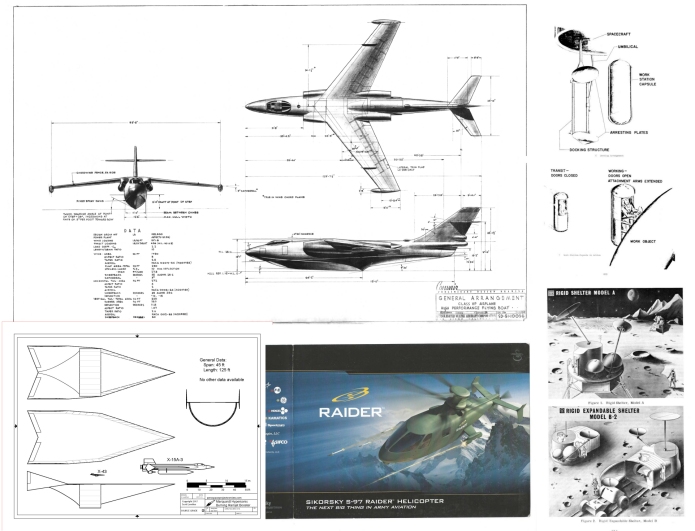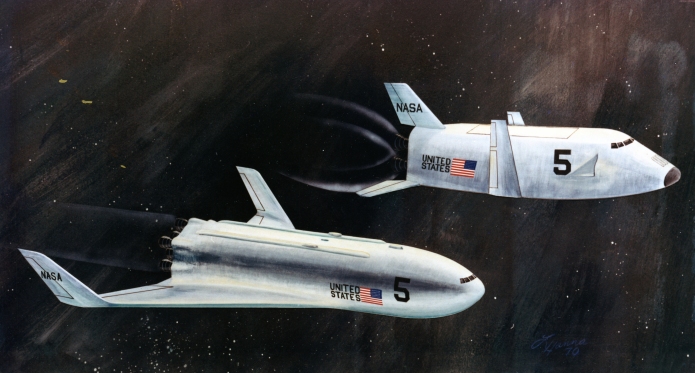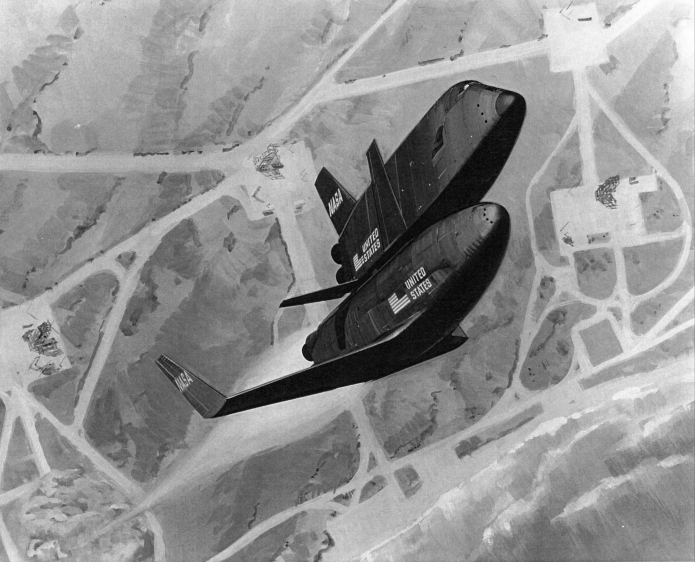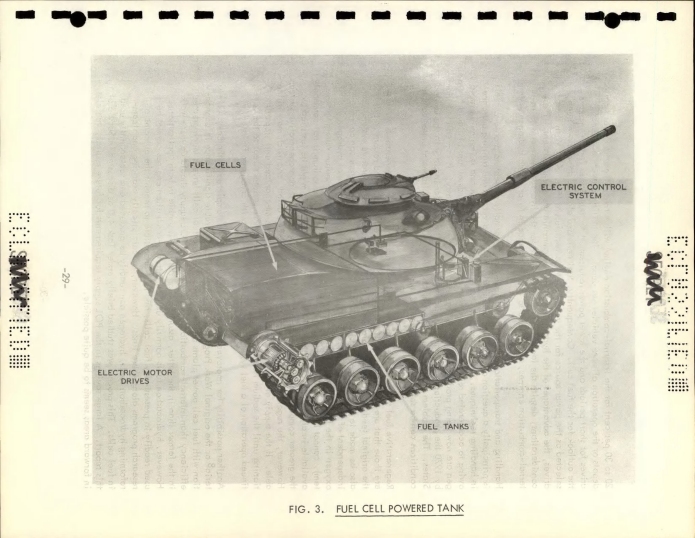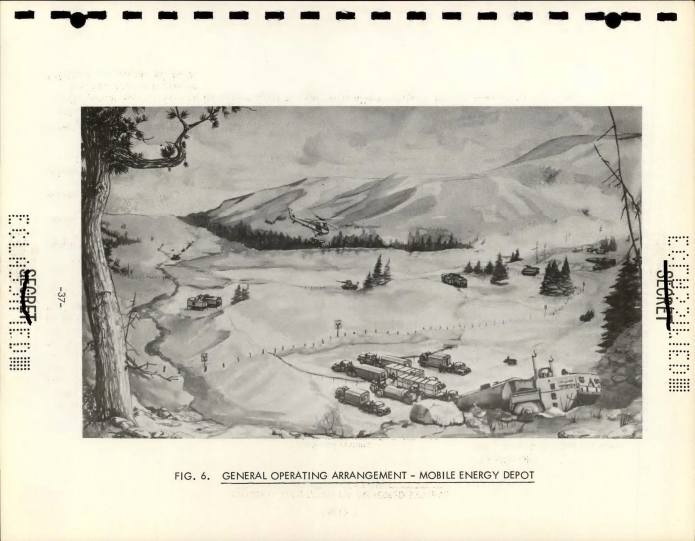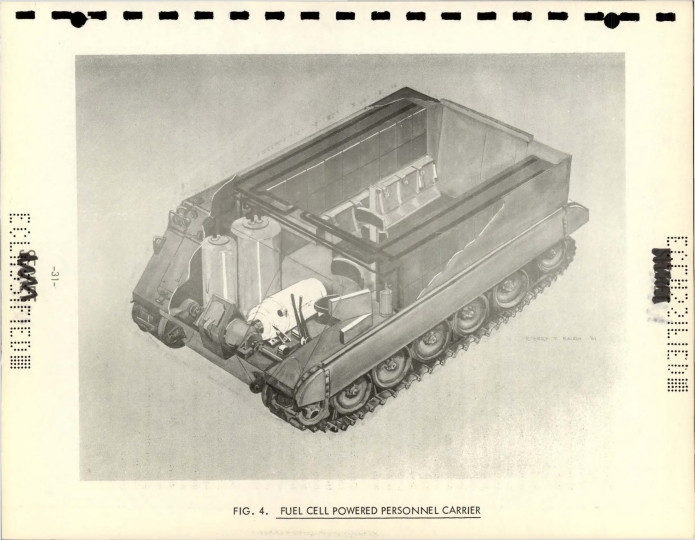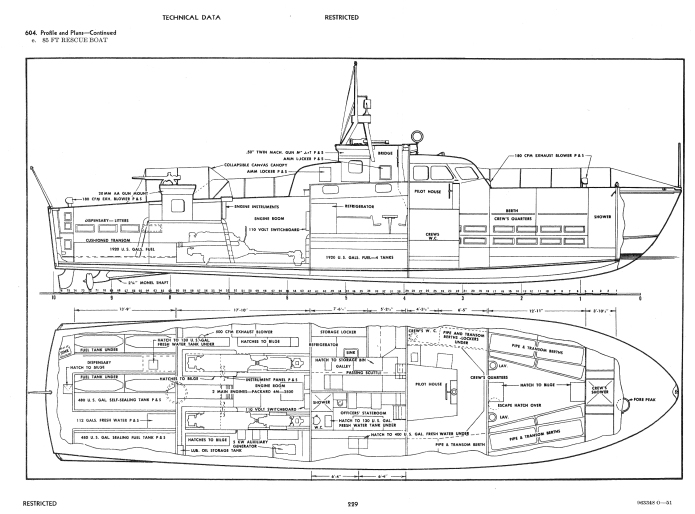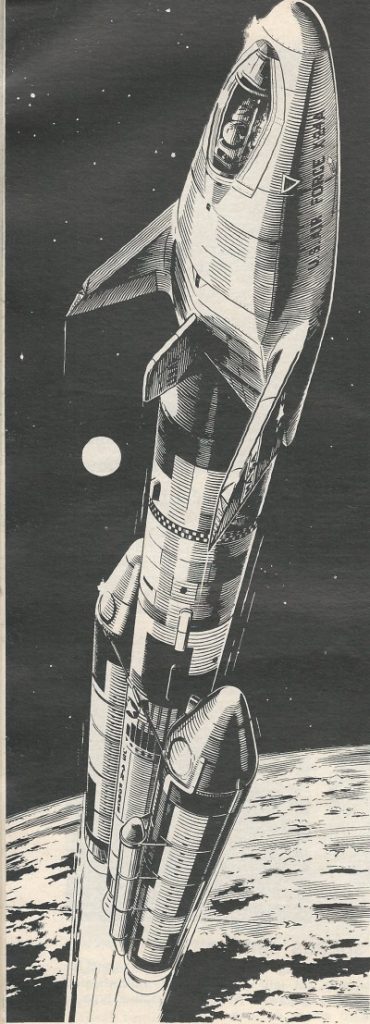The rewards for APR Patrons have been issued. This month:
CAD Diagram: Marquardt hypersonic burning ramjet booster
Diagram: Convair Class VP Airplane High Performance Flying Boat
Document 1: Apollo Exploration Shelter System
Document 2: Chrysler Work Station Capsule (“work pod” for astronauts)
Document 3: Sikorsky S-97 “Raider” brochure
If you are interested in helping to preserve (and get copies of) this sort of thing, consider signing up for the APR Patreon.
